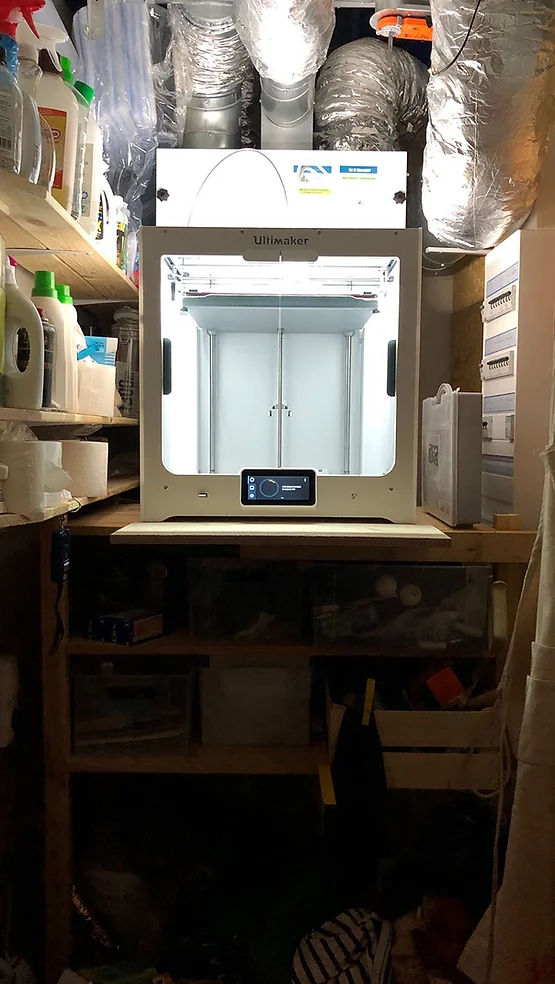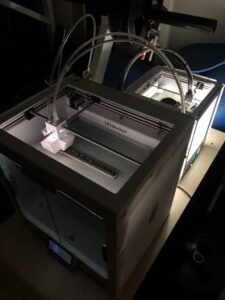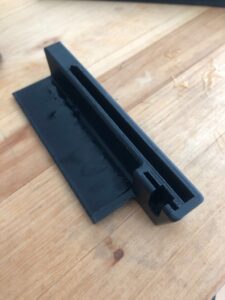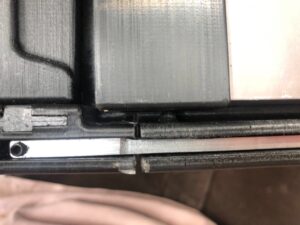Our 3D-printer has been quarantined like the rest of us, and we’ve used the opportunity to upgrade to a new and bigger model.
When the Corona-virus decided that everyone in our team should work from home it also included our 3D-printers. Moving them into a closet at home enables us to keep prototyping 24/7.

In one end of the spectrum, we can now print softer materials, which makes it possible to print rubber joints to make prototypes flexible.
In the other end, we can now print harder plastics – currently testing glass fiber reinforced nylon – which makes the parts much stronger and more durable.
For a long time, 3D-printing has been a great tool for prototyping, but there has been a gap between the printed prototypes and the end-product made as injection molded parts. As we are now able to print with stronger materials combined with water-soluble PVA support, we can now almost close this gap. We are now making prototypes much closer to the final product.



